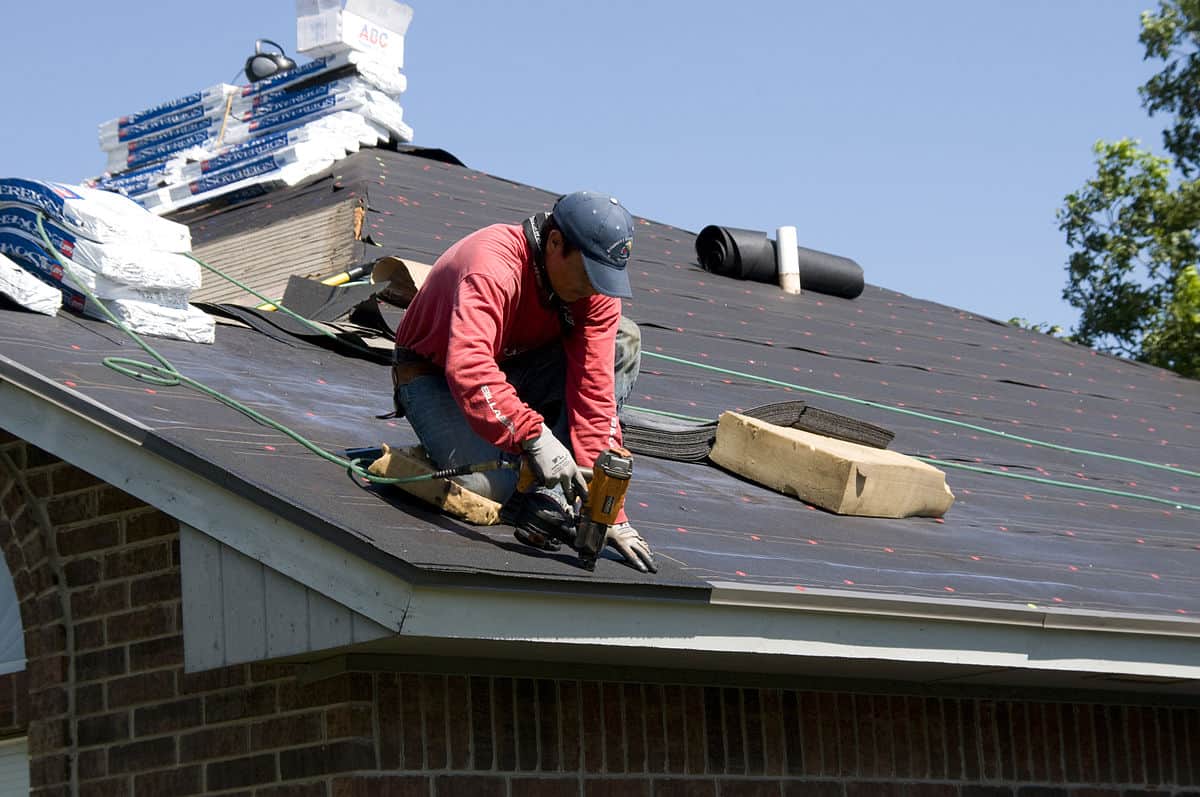
When it comes time to replace your roof, understanding the full scope of costs involved is crucial. A new roof is a significant investment in your home, and it’s essential to approach the process with clear expectations. Roofing From material choices to labor fees, there are various factors that can influence the price. In this article, we’ll break down the real cost of a new roof, covering everything homeowners need to know before making this big decision.
1. Factors That Affect the Cost of a New Roof
The cost of a new roof depends on a variety of factors, including the size and pitch of your roof, the type of materials you choose, and your location. Larger homes will naturally require more materials and labor, resulting in higher costs. Additionally, a steeper or more complex roof pitch increases the difficulty of installation, which can raise labor costs. Finally, your geographic location can influence prices—roofing costs are generally higher in regions with higher labor rates, or areas prone to extreme weather conditions where more durable materials are required.
2. Material Choices and Their Impact on Cost
The type of roofing material you choose is one of the most significant factors affecting the cost of your new roof. Asphalt shingles are the most common and cost-effective option, typically ranging from $100 to $150 per square (a “square” is a 10-foot by 10-foot section of roof). Other materials, such as metal roofing, can range from $300 to $700 per square, depending on the style and quality. For those looking for a more upscale appearance, slate or tile roofing can cost anywhere from $600 to $1,500 per square.
While asphalt shingles are the most affordable, they have a shorter lifespan (typically 15-30 years) compared to metal, tile, or slate, which can last 50 years or more. It’s important to weigh the upfront costs with the long-term benefits when choosing a roofing material. The higher cost of more durable materials might be worthwhile if you plan to stay in your home for many years.
3. Labor Costs and Installation Fees
Labor costs can account for a significant portion of the total cost of a new roof. Roof installation is a specialized job that requires skilled professionals, and prices can vary depending on where you live. On average, labor costs for roofing can range from $50 to $150 per hour. In addition, most roofing companies charge a flat fee for their services, which typically includes tearing off the old roof, disposing of debris, and installing the new roof.
The complexity of the roof’s design will also impact labor costs. Simple, straightforward roofs are less expensive to install, while more complex roofs with multiple angles, dormers, and valleys require more time and expertise to complete. Always ask for a detailed breakdown of labor and material costs to avoid surprises.
4. Additional Costs You Might Encounter
In addition to materials and labor, there are several other costs to consider when installing a new roof. For example, if your roof has significant damage that requires repairs before installation can begin, these repairs will add to the overall cost. You may also need to replace or upgrade other components, such as flashing, gutters, or attic insulation, to ensure the roof functions efficiently and lasts longer.
Another cost to keep in mind is the removal of your old roof. Roof replacement typically involves tearing off the existing layers, which can add to both labor and disposal costs. Depending on your location, there may also be additional permit fees, especially if your area requires inspections or permits for roofing work.
5. Financing Your New Roof
Since the cost of a new roof can be substantial, many homeowners opt to finance the project through a loan or payment plan. Some roofing companies offer financing options, allowing you to spread out the cost over time. Alternatively, you might consider using a home equity loan or line of credit to cover the expense. It’s important to shop around and compare financing terms to find the best option for your financial situation.
Before committing to any financing, be sure to get quotes from multiple roofing companies and confirm what’s included in the price. You’ll want to make sure that all costs—materials, labor, and additional services—are accounted for to avoid unexpected expenses later.
6. How to Minimize the Cost of Your New Roof
While a new roof is a significant investment, there are ways to minimize costs without sacrificing quality. One option is to consider scheduling your roof replacement during the off-season, typically fall or winter, when contractors may offer lower rates due to less demand. Another strategy is to get multiple quotes from reputable roofing companies and ask for any available discounts or promotions.
Also, investing in high-quality materials may seem like a higher upfront cost, but it can save you money in the long run by reducing the need for frequent repairs and extending the lifespan of your roof. A good-quality roof can provide peace of mind for decades, making it a worthwhile investment for your home.
Final Thoughts:
The cost of a new roof can vary greatly depending on the materials, labor, and additional factors involved, but it’s a necessary investment to protect your home. By understanding the factors that influence roof replacement costs and carefully considering your options, you can make an informed decision that fits your budget and needs. Always consult with a trusted roofing contractor to get an accurate estimate and ensure your roof is installed correctly and safely.
Would you like to personalize this article with your roofing company’s name, services, or contact information? Let me know if you’d like any additional adjustments!